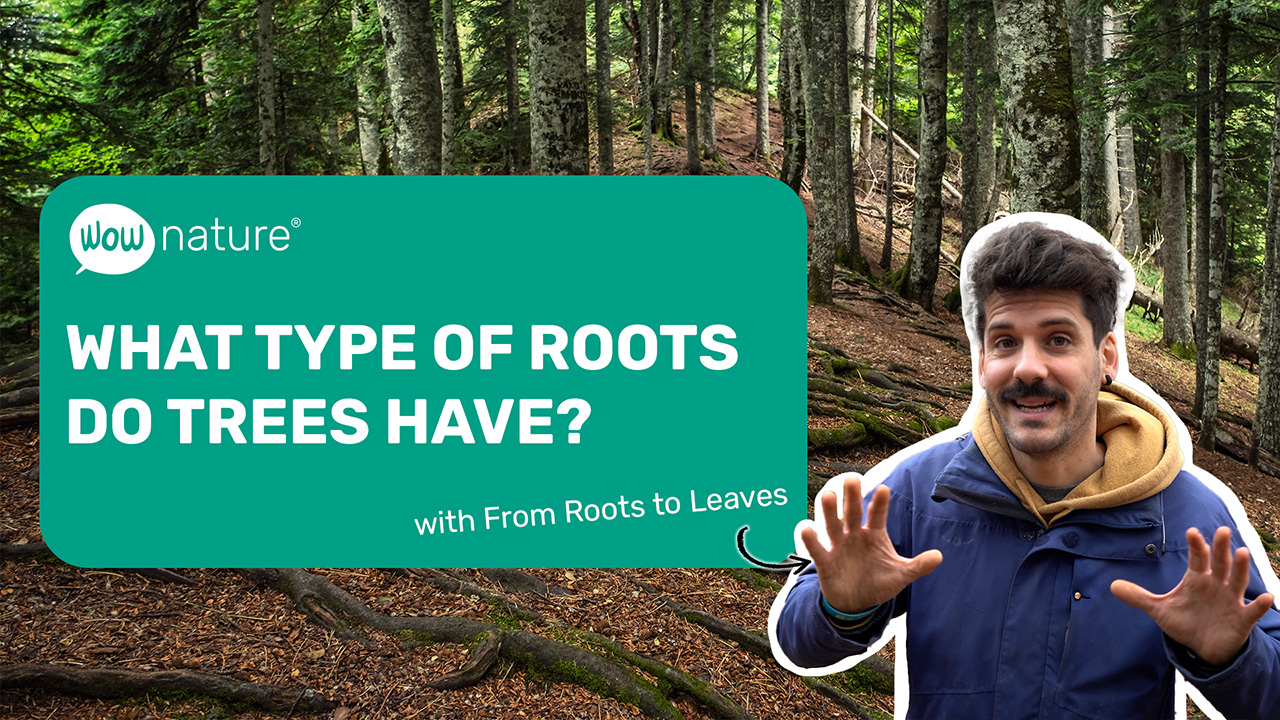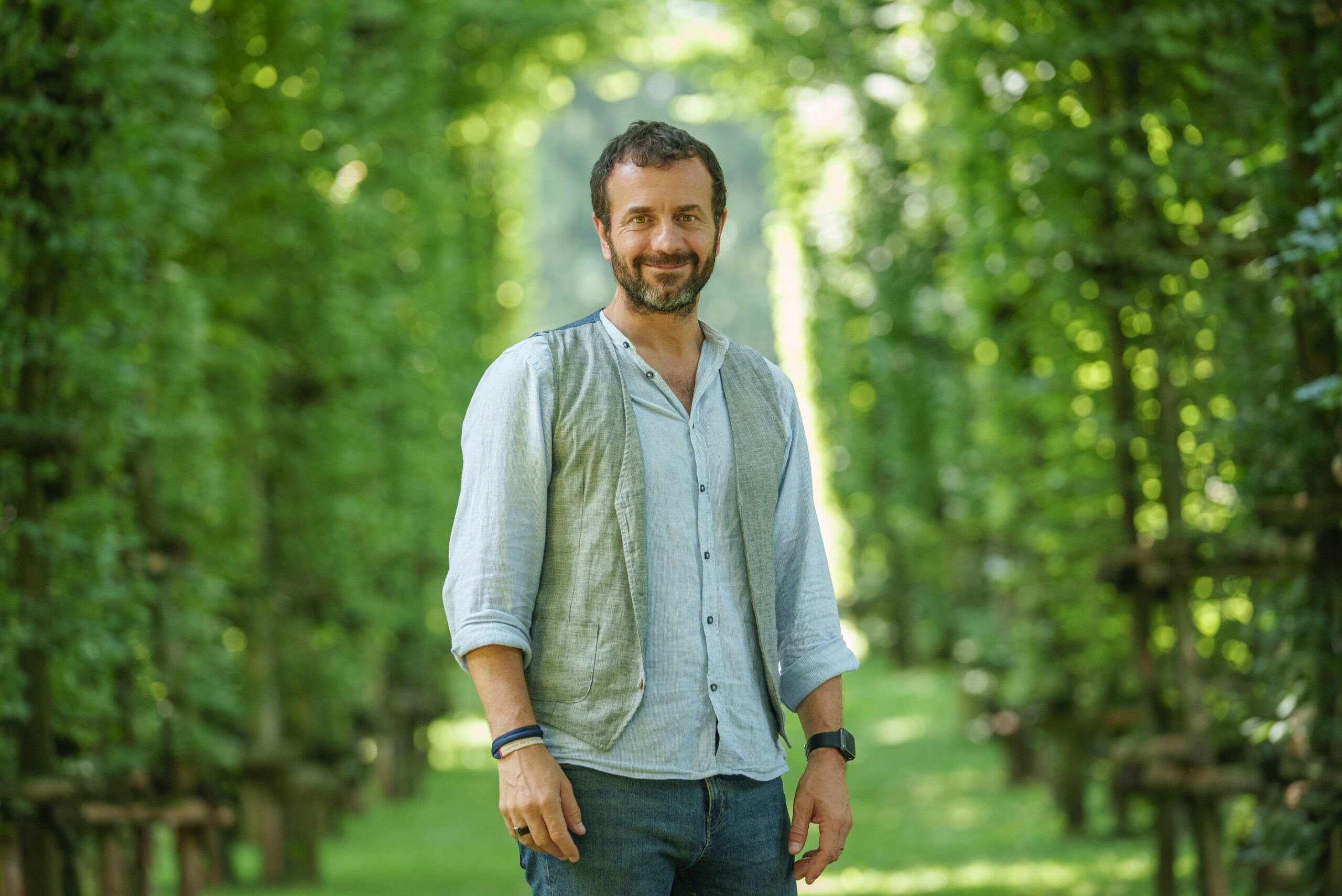
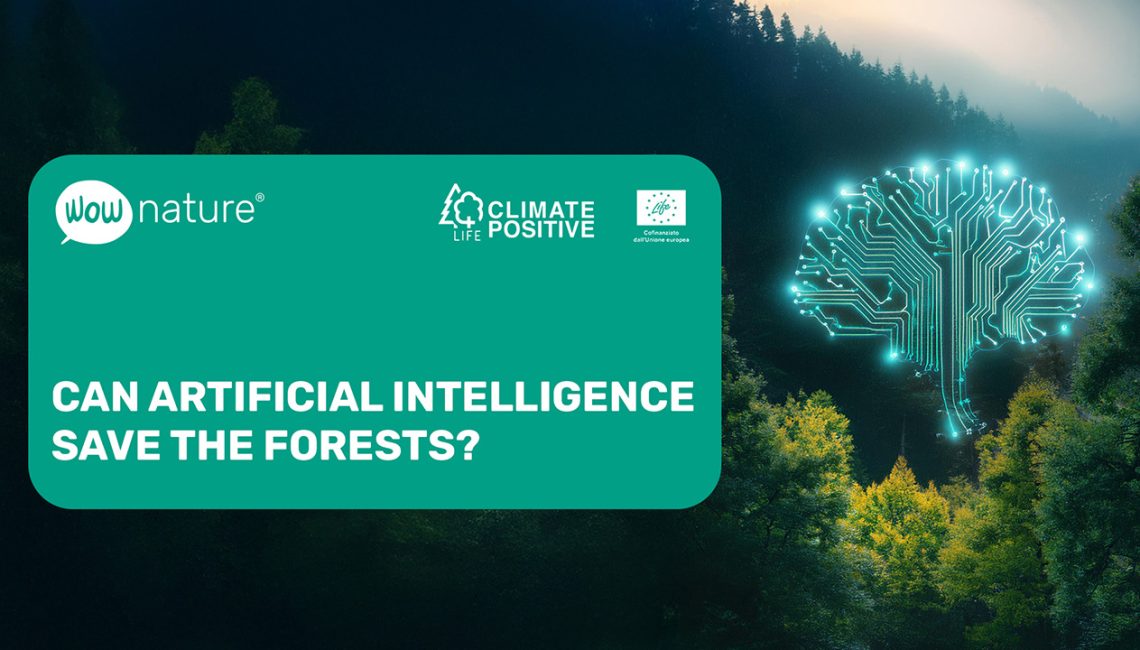
Can artificial intelligence save the forests?
- ,
- , WOW, really?
A fragile forest: the challenge of diversity
The Bosco Canoro is a backdune environment located behind the beaches of Bibione, in the province of Venice. This ecosystem, fundamental for local biodiversity, is threatened by the lack of diversification of tree species. The predominance of black pine and stone pine makes the forest more vulnerable to disease, extreme weather events and loss of biodiversity. To ensure its resilience, it is necessary to reduce the pine cover and encourage the growth of other species.
This forest is part of the European LIFE ClimatePositive project, which aims to enhance the services and products generated by forests by field-testing innovative techniques to improve CO2 absorption and promote sustainability.
How AI helps monitor and improve the forest
Artificial intelligence is transforming forest monitoring, making it more accurate and efficient. Using technologies such as LiDAR, detailed 3D models of the forest can be obtained to measure tree height and volume, analyse forest structure and monitor changes over time. Satellite images combined with AI make it possible to detect changes in vegetation, recognise diseases and plan targeted interventions. In addition, digital twins create virtual replicas of the forest, enabling remote analysis by other foresters or educational activities.
The future of forest management
The use of artificial intelligence in forest management not only improves the accuracy of monitoring, but also helps to make more informed decisions. However, technology alone is not enough: it is we the people, with our knowledge and experience, who interpret the data, define strategies and choose the best actions for forest protection. AI is a powerful tool, but the responsibility remains ours to ensure that it is used ethically and sustainably, for the sake of the environment and future generations.
SHARE
More articles

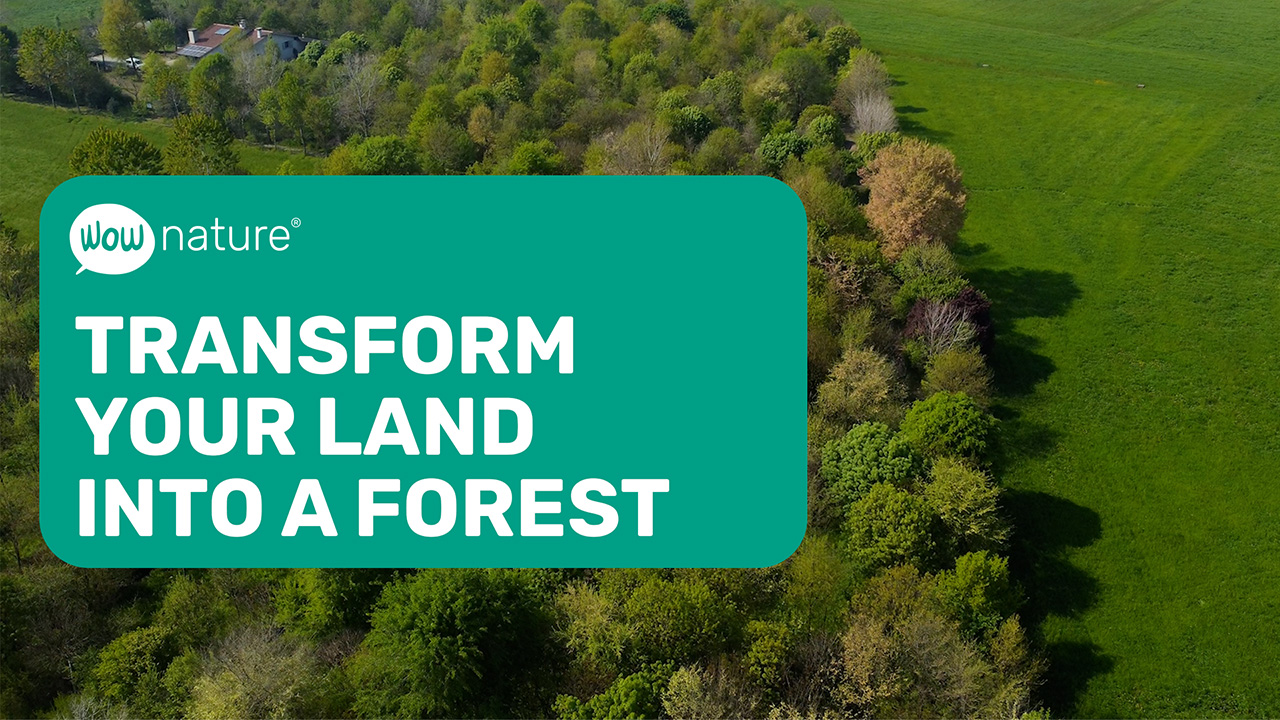
How to turn your land into a forest
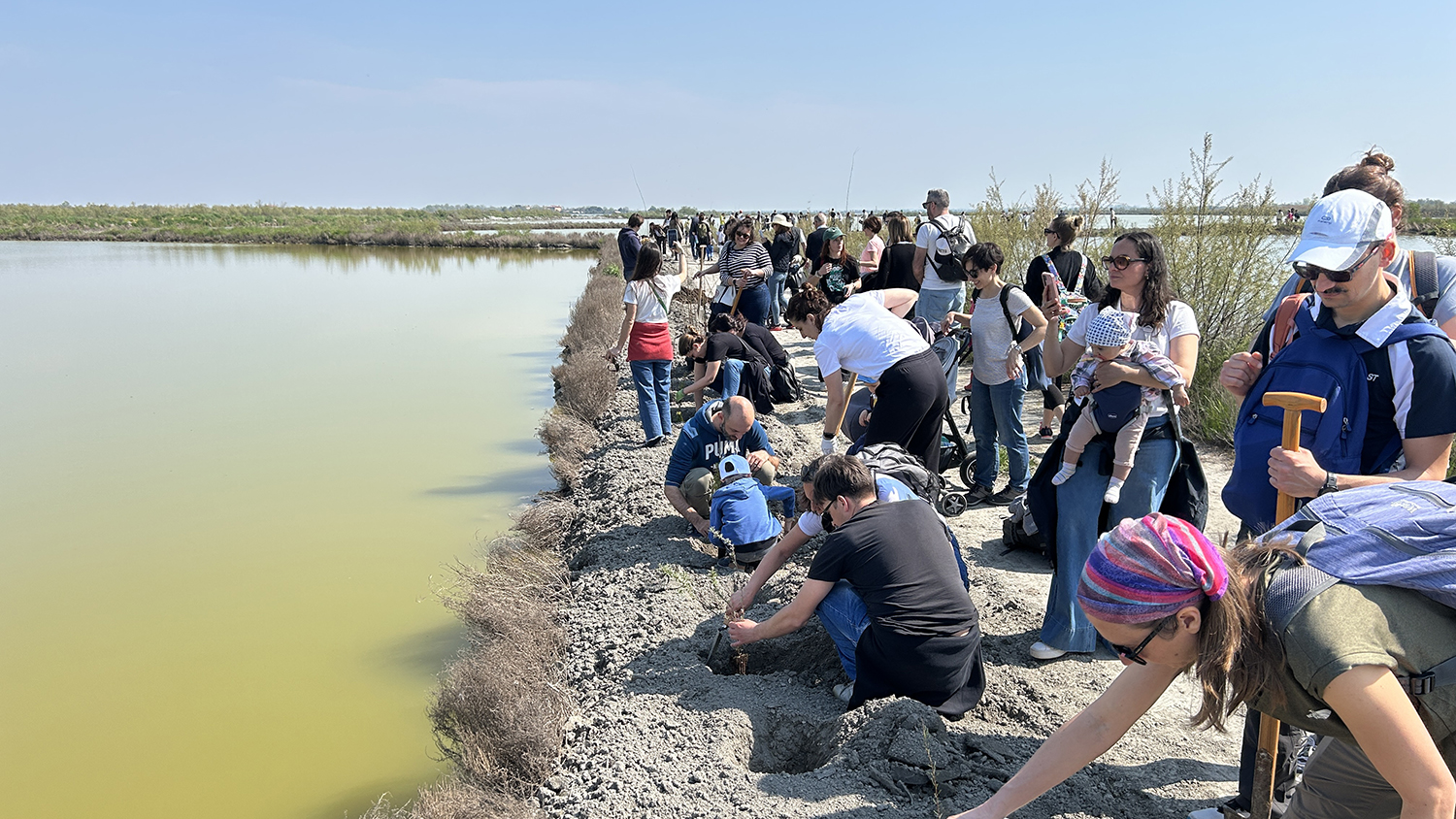
Update from Lio Piccolo | April 2025
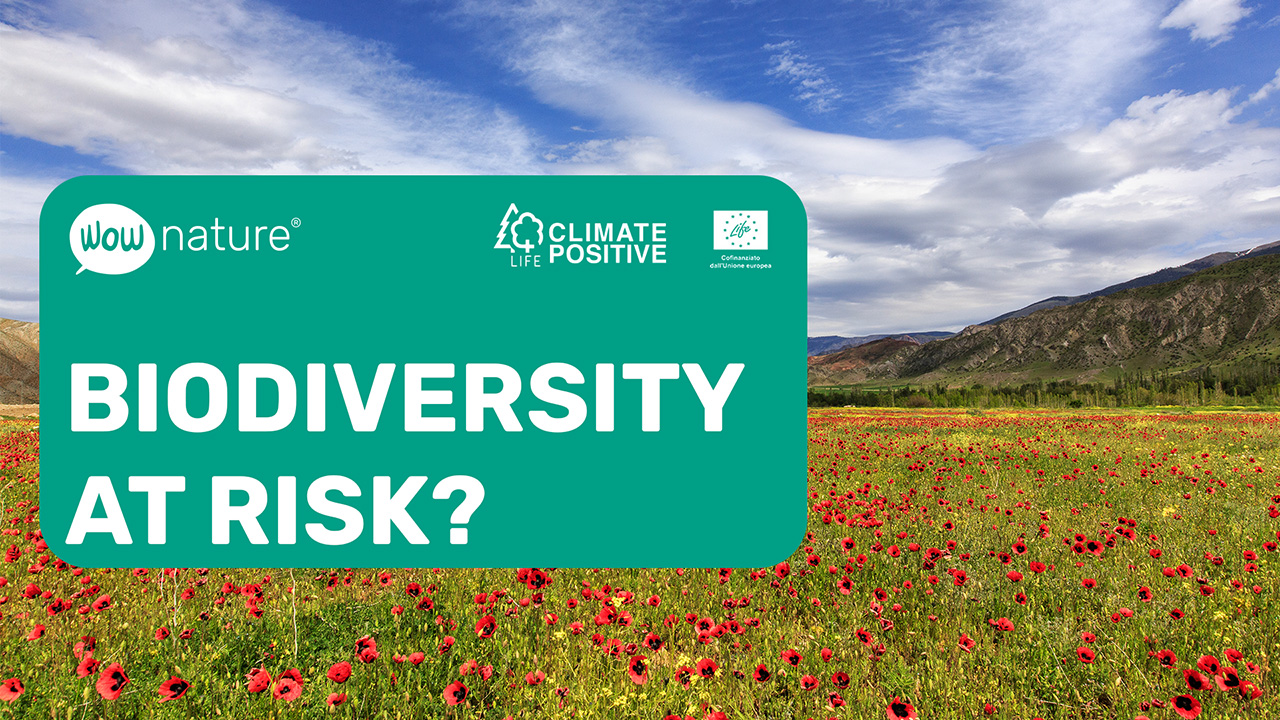
Biodiversity at risk and sixth mass extinction?

What is the reason for the pollution of the Po Valley?
